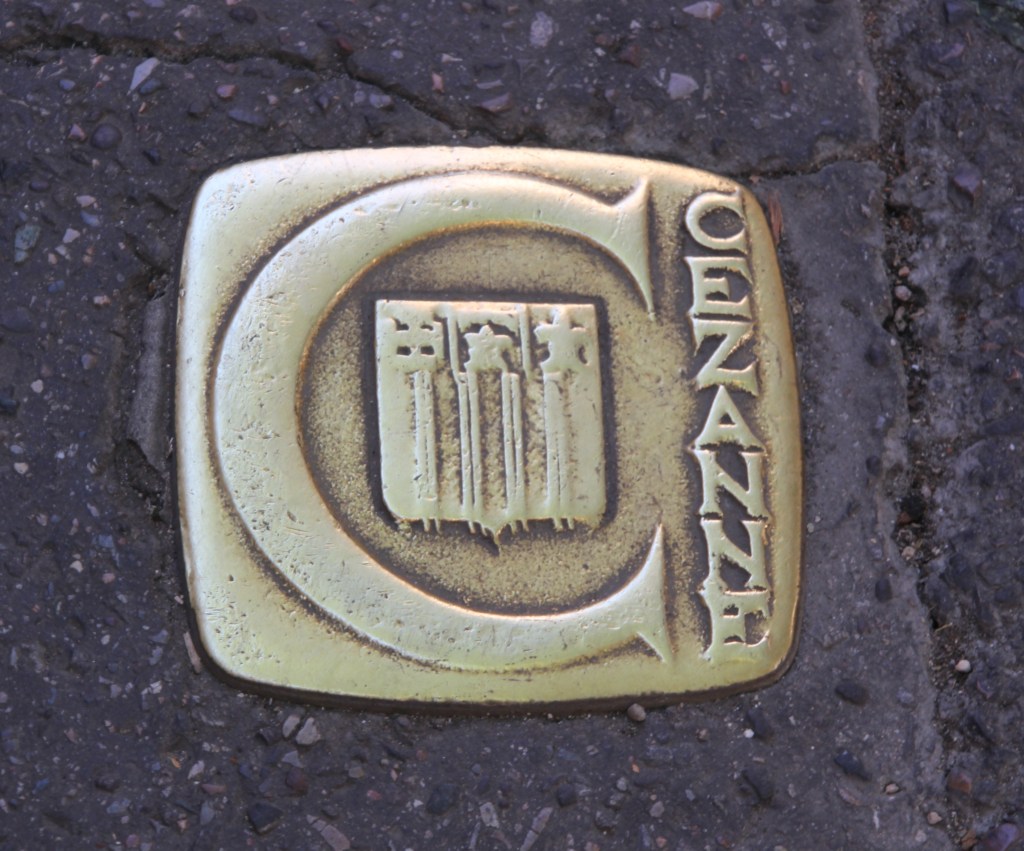Our second stop on this global road trip was to the American College of the Mediterranean and yes, ACM’S location is as breathtaking as its name suggests. My wife controls the photography for these posts and she couldn’t stop taking shots all morning, so I suspect this post will be full of those golden images. That’s a good thing in my book. And since I’ve become fascinated by both the history of Aix-en-Provence and ACM, I imagine the text may go on a bit, too.






First, a little about Aix, as it is referred to locally. Founded in 123 BC by the Romans, Aix didn’t become the artistic and educational center it is today until the 12th century. Provence (so named because it was the first Roman province) became part of France in 1487, and Aix became its capital. The city’s ascendancy was assured when it became home to the Supreme Court of France in the 17th Century, although it was always renowned for its healing waters and is known as the City of 1,000 Fountains — indeed, you can find a fountain around almost every corner.

Aix is also famously the birthplace of Paul Cezanne and where he grew up, attended school (his father, a shoemaker and then a successful banker, actually forced him to first attend law school), painted, and had his lifelong studio. Although allegedly the Aix townfolk were not fond of the rather curmudgeonly painter in his day, he is now a favorite son.

In fact, sidewalks everywhere in town are emblazoned with a golden Cezanne medallion so you can literally follow in his footsteps.
Today, Aix is a full-blown university town with a number of high-powered educational institutions, making the Aix-Marseille area second only to Paris, and ACM could hardly have a better home. Its climate is Mediterranean for sure — it’s warm here in August — and although the train from Paris takes just three hours, we are south of the capital by about 500 miles. (The trains in France run at 180 mph, which clearly puts Amtrak to shame.)

American College of the Mediterranean was not always ACM; in fact, many will still know it as IAU, the Institut Americain Universitaire, its predecessor institution. IAU was established in 1957 as one of the first American-style, English-language, liberal arts institutions in Western Europe offering study abroad opportunities, primarily for U.S.-based college students. It wasn’t until 2015 that the newly named ACM began to offer undergraduate and graduate-level programs and several years after, ACM began the process of seeking accreditation from NECHE. Like Paris College of Art, the president of ACM will appear before the Commission this fall to seek to become a candidate for accreditation. (The years-long, 3-step process for accreditation involves first being deemed eligible, then being deemed a candidate, and finally initially accredited).



What a place to study!
Due to COVID, the team visiting to recommend candidacy was only able to complete a virtual visit this spring, so my goal here (as with Paris College of Art) is to confirm the findings of the visiting team with a physical visit to the campus. The pandemic, of course, has had a massive impact on global education. Virtually all of ACM’s students are from the States, and perilously few were able to travel to France last year. This fall will certainly be better, but still, the headcount of Fall 2021 students will be just half that of Fall 2019.
Our morning was spent with Vice President Philip Breeden, touring ACM’S three buildings in the center of the historic district– two of which are fully owned and the third owned in part. But first, Philip took us to the college’s art studio, Atelier Marchutz, located just on the outskirts of town. With an olive orchard and vineyard on the Atelier’s grounds…

…there could hardly be a more romantic place to study, paint, and sculpt.


After Philip’s tour, Professor Pamela Morton, an ACM art and art history professor provided a walking tour of historic Aix that only added to our neck-craning appreciation of the city.

On the study abroad side, ACM enrolls about 1,200 students over the course of a year, with additional sites in Barcelona, Madrid and Morocco. Last year, of course, nothing like those numbers showed up, but based on early returns for 2021-2, projections look like ACM may be able to bring back over 600 study abroad students. On the degree-granting side of the house, the college is still small –very small– and COVID hit just as it was initiating several new programs. This fall, 28 new matriculants will be enrolled, six in the baccalaureate degree program and 22 seeking a Master’s, with an MFA as the leading degree.
Next, I spent a couple of hours with President Carl Jubran, who has been with ACM for ten years and just signed on for another five years, with the clear objective to achieve NECHE accreditation and continue to build out the dual-focused college he has helped thrive: one that is in the process of being accredited while it continues to focus on revenue-generating study abroad programs.


ACM is always looking up — in its buildings and its mission
Carl and I had a thoughtful and spirited conversation about strategy, cost, and the challenges of global education, which I’ve shared below. I was impressed by how he has been able to add degree programs to ACM’s study abroad portfolio without incurring much additional expense by making use of his current faculty’s time and expertise. Hopefully, this will be the best way to proceed until ACM sees its enrollment numbers climb. In any case, ACM has ambitious aspirations, and my sense is that the institution will go far with its highly committed board, a clearly articulated plan for growth, and an energetic and accomplished president.

Listen to our conversation here:

